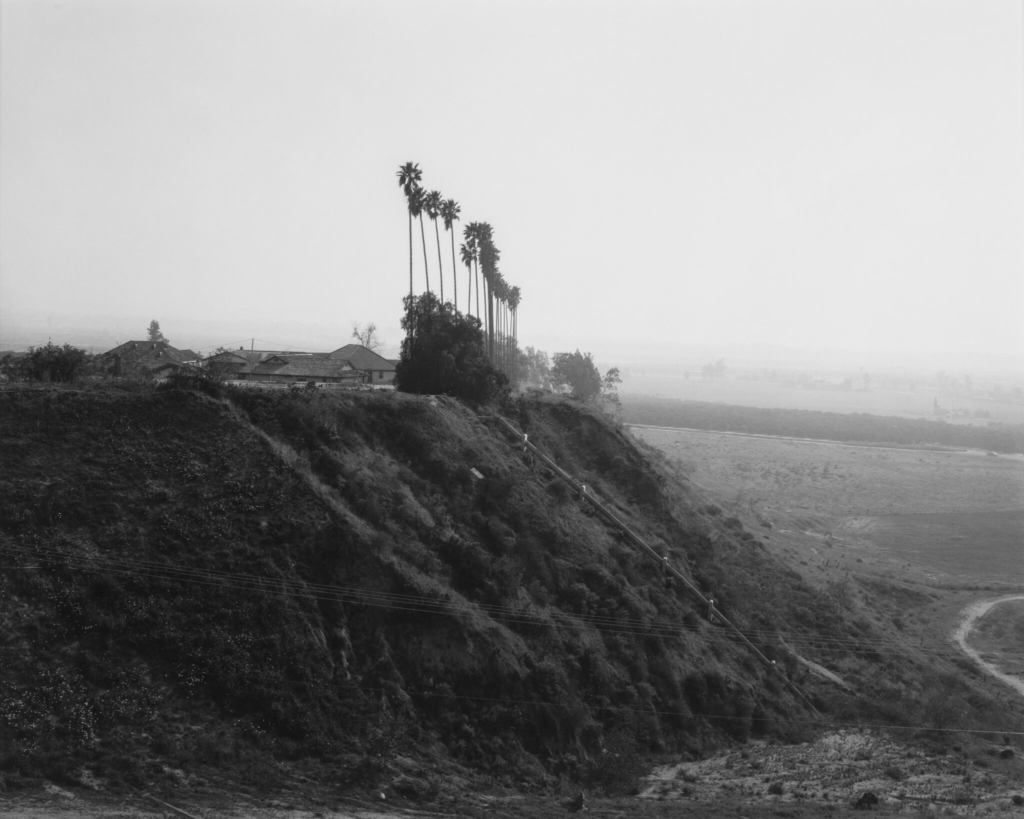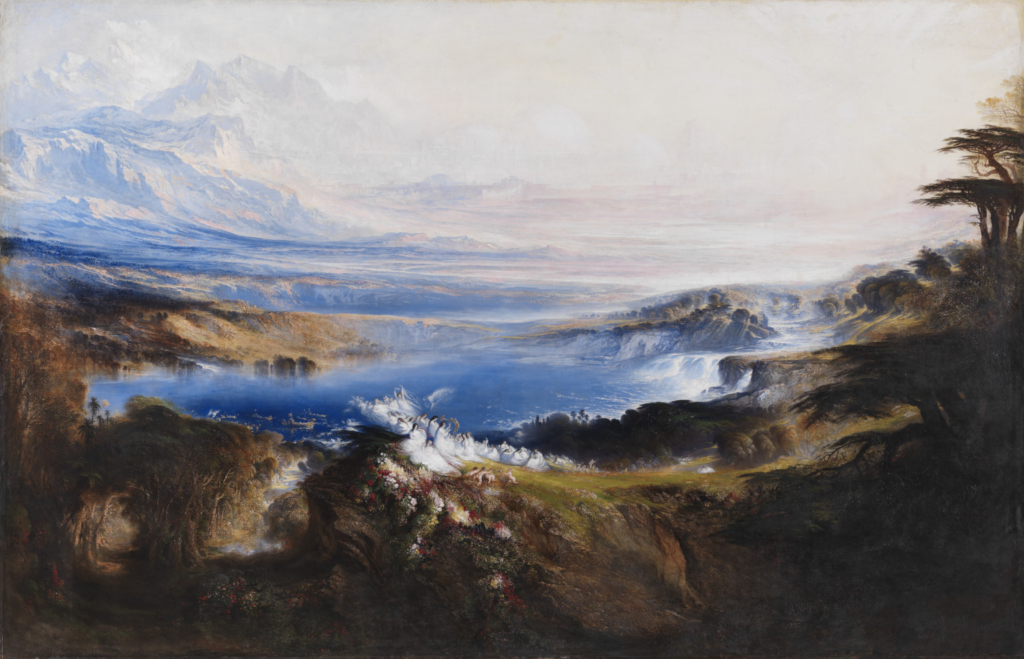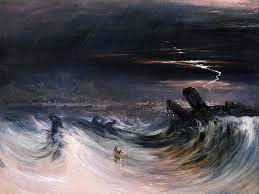Romanticism is is an artistic and intellectual movement that originated in Europe. What are the 5 characteristics of American romanticism? Romanticism is marked by a focus on individualism, an emphasis on nature, emotion over reason, freedom of form, and an exploration of the Gothic and unknown. Artists have been painting the landscape since ancient times. The Greeks and Romans created wall paintings of landscapes and gardenscapes. After the fall of the Roman Empire, the tradition of depicting pure landscapes declined, and the landscape was seen only as a setting for religious and figural scenes. This tradition continued until the 16th century when artists began to view the landscape as a subject in its own right. The Netherlands was one of the first places that landscape had become a popular subject for painting. At this time, the rising Protestant middle class sought secular art for their homes, creating the need for new subjects to meet their tastes, in which landscapes helped fill this need.
The hierarchy of respectable painting subjects placed history painting, which included classical and religious themes, above all other subjects. Portraits, scenes of everyday life, still life, and landscapes were seen as inferior subjects for painting. Even as landscapes became acceptable as subjects in the 17th century, they were still often created merely as settings for biblical or historical scenes.
The Modern Landscape:

Irises, Vincent van Gogh, 1889
Throughout Europe and North America landscape painting gained a new supremacy. Painters such as Théodore Rousseau and Charles Daubigny became less concerned with idealized, classical landscapes and focused more on painting out-of-doors directly from nature—a practice known as plein air painting. The 19th century also saw the birth of landscape photography, which would greatly influence the landscape painters’ compositional choices. Revolutionary artists emerged, such as Gustave Courbet, who pushed the boundaries of landscape painting even further by making it both a tactile and visual experience.
20th Century Lanscapes:

The New York Times, Robert Adams
In the early 20th century, painters continued to embrace the landscape. As photography gained acceptance as an art form, artists used this to create interpretations of the land through pictorialism. Later, through formal compositions of close-up, they cropped views of the landscape. In America, photographer Ansel Adams captured the country’s attention with his breathtaking views of the wild beauty of the American West. Even though the major artistic movements of the mid-20th century were no longer dominated by the landscape as a subject, the genre’s importance continued as artists responded to fears of increased industrialization, the threat of global destruction, and ecological disasters.
What is the Sublime?
The sublime is the quality of greatness beyond all measure. The term especially refers to a greatness beyond all possibility of measurement or imitation. The theory of sublime art was put forward by Edmund Burke in a philosophical Enquiry published in 1757. He defined the sublime as an artistic effect productive of the strongest emotion the mind is capable of feeling.
The sublime can be summed up as a combination of the internal/emotional and the external/natural world. It explores how humans allow our emotions to overwhelm our rationality as we experience the wonder of creation. It can also be described as the quality of greatness such as…
- Physical
- Moral
- Intellectual
- Metaphysical
- Aesthetic
- spiritual
- Artistic

What is the sublime in British romanticism?
The sublime is closely linked with the English Romanticism – artists and writers. In particular, those works of painting or poetry that celebrate the majesty and overwhelming power of the natural world. It is an artistic effect productive of the strongest emotion the mind is capable of feeling.

This is an example of a romantic landscape painting from the 16th century. It incorporates the idea of the sublime as it can be described as magical, yet also ominous. The lighting and tones in this photograph are mysterious and threatening, yet it also does not reveal a lot. This is effective as it leaves us questioning what is happening in the painting, and perhaps we wonder if the artist experienced this in real life as it has a strong sense of realism. The texture of the painting looks extremely rough, as we can see the powerful waves forcefully crashing against the sea wall. There are also contrasting colours in the waves, with hints of coral in between the blue and white tones. As there is a lot of white towards the peaks of the waves, we can assume the waves are very strong and are crashing impenetrably, which gives the image more life and expression. The dull sky also adds to the mysterious mood to the photograph, because it has similar tones and colours to the sea. The majority of the sky is one shade of dark grey, which highlights the white strip going through the clouds and makes it stand out against the rest. This contrasts well as we can determine how dark the clouds are against the singular strip of sunlight, which gives the entire image an ominous mood.
